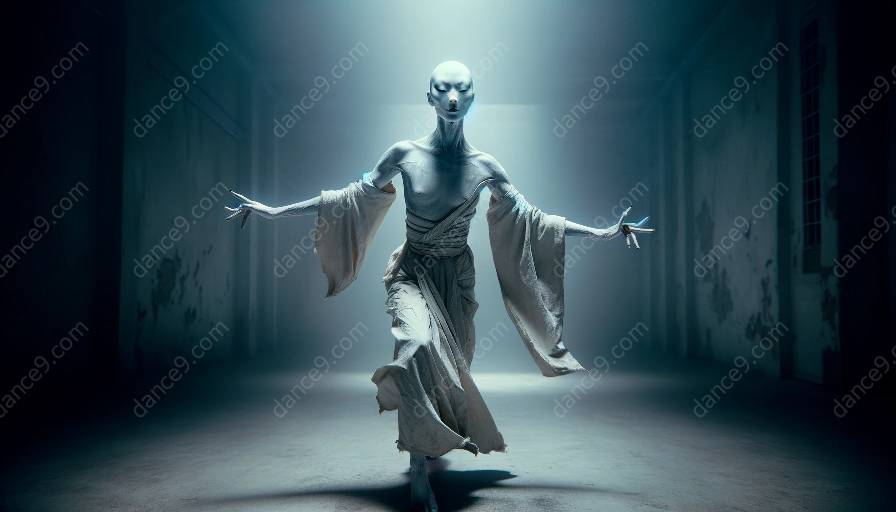Butoh, a form of Japanese avant-garde dance, has a complex and rich relationship with traditional and contemporary dance forms. Understanding this connection can provide valuable insights for dance classes and dancers alike. This article explores the history, principles, and influence of butoh on other dance forms.
Butoh: A Brief Overview
Butoh emerged in Japan in the late 1950s and early 1960s as a reaction to the country's post-war climate. It is characterized by its surreal and grotesque imagery, slow and controlled movements, and an emphasis on the performer's inner emotions and experiences. Butoh often delves into themes such as nature, the human body, and existentialism, creating a unique and enigmatic performance style.
Butoh and Traditional Dance Forms
Butoh's relationship with traditional dance forms is multi-faceted. While butoh itself is considered avant-garde and unconventional, it draws inspiration from Japan's rich cultural heritage, including elements of Kabuki, Noh, and folk dance. Butoh artists often incorporate traditional movements and gestures into their performances, reinterpreting and subverting these forms to create a distinctive aesthetic. This fusion of tradition and innovation makes butoh a captivating bridge between the past and the present, offering a fresh perspective on traditional dance.
Butoh and Contemporary Dance Forms
Contemporary dance, with its emphasis on individual expression, experimentation, and breaking conventional boundaries, naturally intersects with butoh. Butoh's focus on the body as a tool for authentic self-expression resonates with contemporary dance's rejection of strict formalities and codified movements. Many contemporary choreographers and dancers have been influenced by butoh's raw physicality and its exploration of the subconscious, incorporating elements of butoh into their own work. As a result, butoh has become an integral part of the contemporary dance landscape, enriching the movement vocabulary and creative palette of dancers around the world.
Implications for Dance Classes
The study of butoh can greatly benefit dance classes by offering a fresh and unconventional approach to movement, expression, and performance. Incorporating butoh principles and techniques into dance education can encourage students to explore their inner world and emotions through movement, fostering a deeper connection with their bodies and the art form. Additionally, butoh's cross-cultural influences and interdisciplinary nature can open up new avenues for creativity and self-discovery within the dance classroom.
In Conclusion
Butoh's relationship with traditional and contemporary dance forms is complex and dynamic, offering a wealth of creative and pedagogical opportunities. By examining butoh's history, principles, and influence, dancers and educators can gain valuable insights into the interconnectedness of dance practices. Embracing butoh's enigmatic and transformative qualities can invigorate dance classes, inspiring students to explore new dimensions of movement and expression.













































































